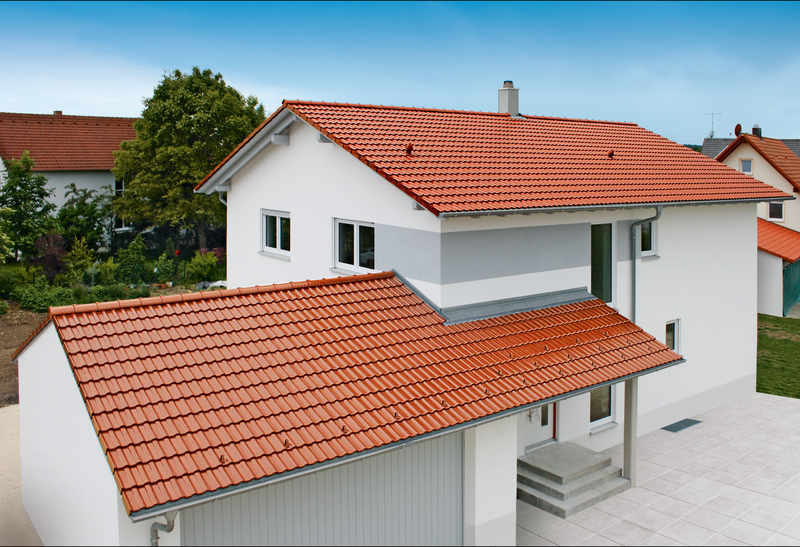When sustainable building materials are concerned, terracotta is one of the best products that the industry has to offer. The sustainability of Terra cotta sunscreens relies mostly on its simple production method. It is formed by combining shale, dirt, and water and applying fire. Terracotta has been used for decades, and its durability and resilience make it so popular in the construction industry.
High durability
One of the foremost reasons for preferring terracotta sunscreens on roofs over other materials is their high durability. The low water absorption rate limits the possibility of algae, mildew, and moss growth to a significant level. Furthermore, the superior quality composition results in high-breaking strength sunscreens. This allows for resisting wind and other extreme weather situations like hurricanes and tornadoes.
Easy to install
Yet another advantage of using terracotta is the easy installation process. The interlocking sunscreen tiles can easily fit the structural framing design. This allows clean lines and larger-scale pieces for easy setup. Terracotta can indeed be heavier than other materials when used as sunscreens. But with a thorough inspection and engineering support, the installation process can be seamless. Furthermore, it is highly suggested that professional roofing experts must be considered.
Easily recyclable
With the promotion of sustainable development, Terra cotta sunscreens fit the situation perfectly. Terracotta has the reputation of not producing waste like other materials that clog landfills. The best feature about terracotta is that it is non-toxic and 100% natural, which allows it to be recycled immediately. To promote a green planet and sustainable development, buildings are installed with reusable and recyclable terracotta sunscreens that are easy to install and long-lasting.

Low maintenance
One of the highlights of terracotta sunscreens is that one has to render minimal maintenance. The majority of the modern terracotta roofing doesn’t require regular painting, re-coating, chemical cleaning, and other maintenance procedures to assure long-lasting performance and appearance. When minimal maintenance and high durability, it also means there is cost-effectiveness. Depending on the colours, textures, size, and weight, the cost per square foot of the terracotta tiles varies.
Insulation
When terracotta is used on the building roofing, it naturally reflects sunlight. This helps to absorb less heat than the standard building roofs. Terracotta has natural thermal insulation that acts as a barrier and creates airspace around each independent sunscreen tile. This setup significantly eliminates or reduces heat transfer as compared to standard roofing. The ventilation created under the tiles also helps with the heat transfer barrier, allowing a cooler interior in summers and warmer winters.
Conclusion
From the above-mentioned analysis, it is clear that Terra cotta sunscreens can be beneficial for buildings. Given the myriad benefits of terracotta as a material, more and more buildings are utilizing it as sunscreen tiles. The low maintenance and higher durability make terracotta sunscreens a preferable material to others. The thermal insulation property of terracotta also helps to maintain lower energy consumption bills. Furthermore, the recyclable and reusable properties of terracotta also promote a sustainable and environmentally friendly planet.